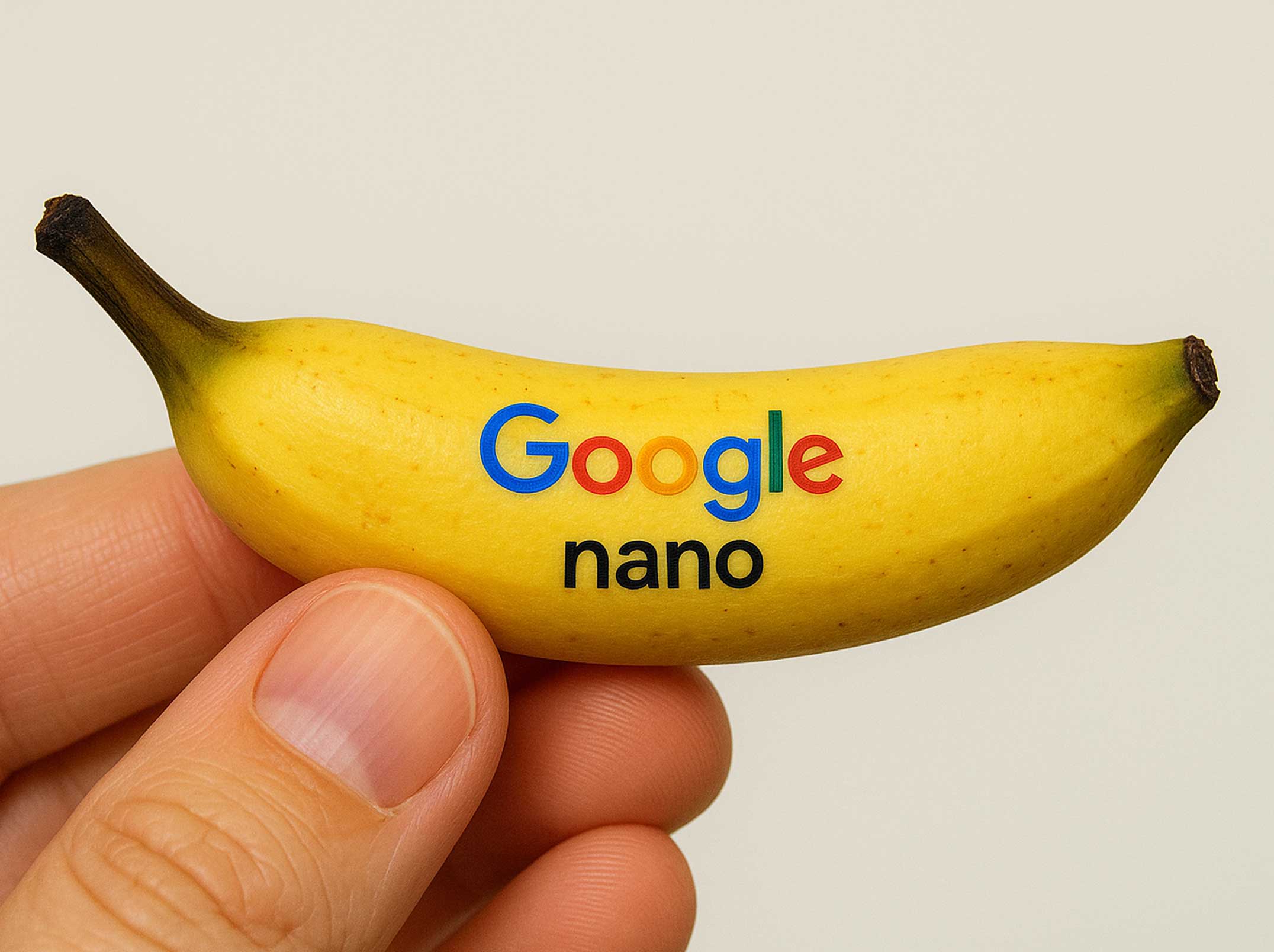Master PPC Success in 2025: Strategies for Higher Conversions
Discover advanced PPC strategies for maximizing conversions in 2025.

The world of paid per click (PPC) advertising is undergoing a dramatic transformation. What worked last year may not deliver the same return in 2025. Businesses face an increasingly complex landscape shaped by evolving user behaviors, the pervasive influence of AI-driven tools, and stringent privacy-first tracking methods. To truly master PPC and maximize conversions in this new era, marketers must move beyond traditional approaches, embracing agility, a relentless commitment to experimentation, and an unwavering focus on understanding and anticipating user intent. This necessitates a strategic shift from simply managing bids to orchestrating intelligent, data-driven campaigns that resonate deeply with the target audience while respecting privacy.
Simplifying Forms to Improve Completion Rates
Converting PPC clicks into valuable leads often hinges on a single, critical element: the lead capture form. All too frequently, businesses inadvertently sabotage their conversion rates by presenting users with overwhelming, convoluted forms. A barrage of unnecessary fields or an ill-structured layout can quickly deter even the most interested prospects, leading to abandoned forms and squandered advertising spend.
The path to higher completion rates lies in a strategic focus on user experience. This means streamlining forms to collect only truly essential information, eliminating any friction that might interrupt the user's journey. Beyond brevity, incorporating user-friendly features like auto-fill functionality, clear and intuitive field labels, and real-time validation for input errors can significantly enhance the experience. These small but impactful design choices reduce cognitive load, build trust, and guide users effortlessly toward the desired conversion, ultimately boosting your PPC campaign's effectiveness.
Personalized Follow-Ups: The Key to Building Trust
Once a potential customer engages with your PPC campaign and provides their information, the real work of conversion begins. The follow-up process is not merely a courtesy; it's a critical stage where trust is solidified and interest is transformed into commitment. Generic, one-size-fits-all communications after a lead submission are a missed opportunity. Instead, personalized communication that directly acknowledges and addresses the user's specific needs, interests, or the query that led them to your form, significantly strengthens engagement.
The data collected during that initial interaction—whether it's their industry, a specific product they inquired about, or content they downloaded—becomes invaluable. Leveraging this data allows businesses to tailor subsequent messaging, making it highly relevant and fostering a much stronger connection. This bespoke approach demonstrates genuine attentiveness and ensures potential customers feel valued, rather than just another entry in a database. Furthermore, this personalized lead nurturing isn't an isolated effort; it's powerfully complemented by a strong SEO presence. By consistently providing valuable, relevant content that ranks well in organic search, businesses reinforce their authority and trustworthiness. This consistent and positive brand representation across search platforms ensures that even as leads are being nurtured through personalized outreach, they encounter a cohesive and credible brand experience whenever they seek additional information, ultimately accelerating their journey toward conversion.
Harnessing Automation for Scalable Efficiency
The shift towards automation is profoundly reshaping how businesses approach PPC campaign management, particularly within the crucial realm of lead nurturing. Gone are the days when manually responding to every inquiry was feasible or efficient. Instead, sophisticated tools, powered by artificial intelligence, are now enabling instantaneous engagement with prospects. Automated email sequences, for instance, can deliver tailored content at pre-defined intervals, while AI-driven chatbots can provide immediate answers to common questions, guiding users further down the sales funnel without delay.
This strategic adoption of automation maintains the critical momentum in the customer journey, preventing leads from going cold due to delayed responses. Beyond consistent and timely follow-ups, automation significantly boosts overall operational efficiency. By offloading repetitive, high-volume tasks such as initial outreach and data qualification, marketing teams are liberated to focus on more strategic, high-value activities. This includes in-depth analysis of campaign performance, refining audience segmentation, and developing innovative creative strategies, all of which contribute directly to higher conversion rates and a more robust PPC ecosystem.
Analyzing Data to Drive Continuous Improvement
Achieving true PPC success in 2025 isn't just about launching campaigns; it's fundamentally about a relentless, data-driven approach. The bedrock of effective PPC lies in meticulous data analytics. By closely tracking crucial metrics such as click-through rates (CTR), bounce rates, and conversion rates, businesses gain invaluable, actionable insights into precisely how their campaigns are performing.
These insights go beyond mere numbers; they pinpoint areas of weakness, reveal emerging trends in user behavior, and illuminate opportunities for strategic refinement. For instance, a low CTR might signal a need for more compelling ad copy or better keyword targeting, while a high bounce rate on a landing page could indicate a disconnect between the ad's promise and the page's content.
Furthermore, staying abreast of broader trends in digital advertising—from the nuances of AI-driven bidding to shifts in privacy regulations—enhances the analytical framework, allowing marketers to contextualize their own data within the evolving landscape. Ultimately, data-driven decisions ensure that advertising budgets are allocated with surgical precision, directed towards the most effective channels and strategies. This intelligent resource allocation is the direct pathway to maximizing the return on investment (ROI) for all PPC efforts, transforming ad spend from a cost into a highly profitable investment.
Incorporating AI for Smarter Campaign Optimization
Artificial intelligence (AI) is no longer a futuristic concept; it's a transformative force that has fundamentally reshaped the landscape of PPC strategy. Its advanced capabilities for targeting, bid management, and optimization have become indispensable for any business aiming for significant growth. However, the true power of AI in PPC is unlocked when it's integrated with proven growth principles and strategic foresight.
AI's ability to process vast datasets allows it to meticulously analyze intricate user behaviors, identify subtle patterns, and even predict future outcomes with remarkable accuracy. This predictive power enables businesses to deliver hyper-relevant ads and craft personalized user experiences that resonate deeply, moving beyond generic messaging to truly connect with individual prospects. Furthermore, sophisticated machine learning algorithms can dynamically adjust bidding strategies in real-time, optimizing budget allocation for maximum impact and ensuring every dollar spent works harder. This level of granular control and predictive insight empowers businesses not only to keep pace with the increasingly sophisticated advertising environment but to surge ahead of the competition, driving unprecedented levels of efficiency and conversion.
Prioritizing Mobile Responsiveness
The pervasive nature of mobile devices has fundamentally redefined the digital landscape; in 2025, considering mobile optimization "optional" is akin to ignoring the majority of your potential audience. With smartphones and tablets now driving the overwhelming share of online traffic, ensuring that your PPC forms and landing pages are meticulously optimized for mobile is not just beneficial—it's absolutely critical for effective lead capture.
A mobile-first approach demands more than just responsive design. It necessitates lightning-fast loading speeds to combat user impatience, intuitive navigation that accounts for smaller screens and touch interactions, and a layout that minimizes scrolling and pinch-to-zoom. When these elements converge, they create a seamless, frictionless experience for mobile users, drastically reducing abandonment rates and increasing the likelihood of conversion. Businesses that strategically prioritize this level of mobile responsiveness will be exceptionally well-positioned to engage 'on-the-go' audiences, translating fleeting mobile interactions into valuable leads and ultimately, robust conversions within their PPC campaigns.
A/B Testing: Fine-Tuning for Success
Even with the most sophisticated AI and data analytics at your disposal, A/B testing remains an indispensable, non-negotiable practice for continuous PPC optimization. It's the scientific method applied to your marketing efforts, allowing you to move beyond assumptions and definitively identify what truly resonates with your audience and drives conversions. By systematically experimenting with subtle variations—whether it's different form layouts, compelling headlines, reworded calls-to-action, or even the subject lines of your follow-up emails—businesses can gain invaluable, empirical insights into user preferences and behaviors. This iterative process of regular testing, analysis, and refinement ensures that your PPC campaigns not only remain relevant and appealing but continuously evolve to maximize their effectiveness.
Ultimately, mastering PPC success in 2025 demands a holistic and comprehensive approach. It's an intricate dance that harmonizes user-centric design principles with the unparalleled capabilities of advanced technology like AI, all underpinned by rigorous data-driven refinement. By strategically optimizing every single stage of the lead generation process—from the initial ad impression and form submission to personalized follow-ups and continuous re-engagement—businesses can transcend the simple acquisition of clicks. They can transform those clicks into meaningful, lasting customer relationships, thereby securing significantly greater returns on their advertising investments and establishing a sustainable competitive advantage.
Subscribe to our newsletter
Stay informed with the latest marketing trends, expert insights, and exclusive updates delivered monthly.




